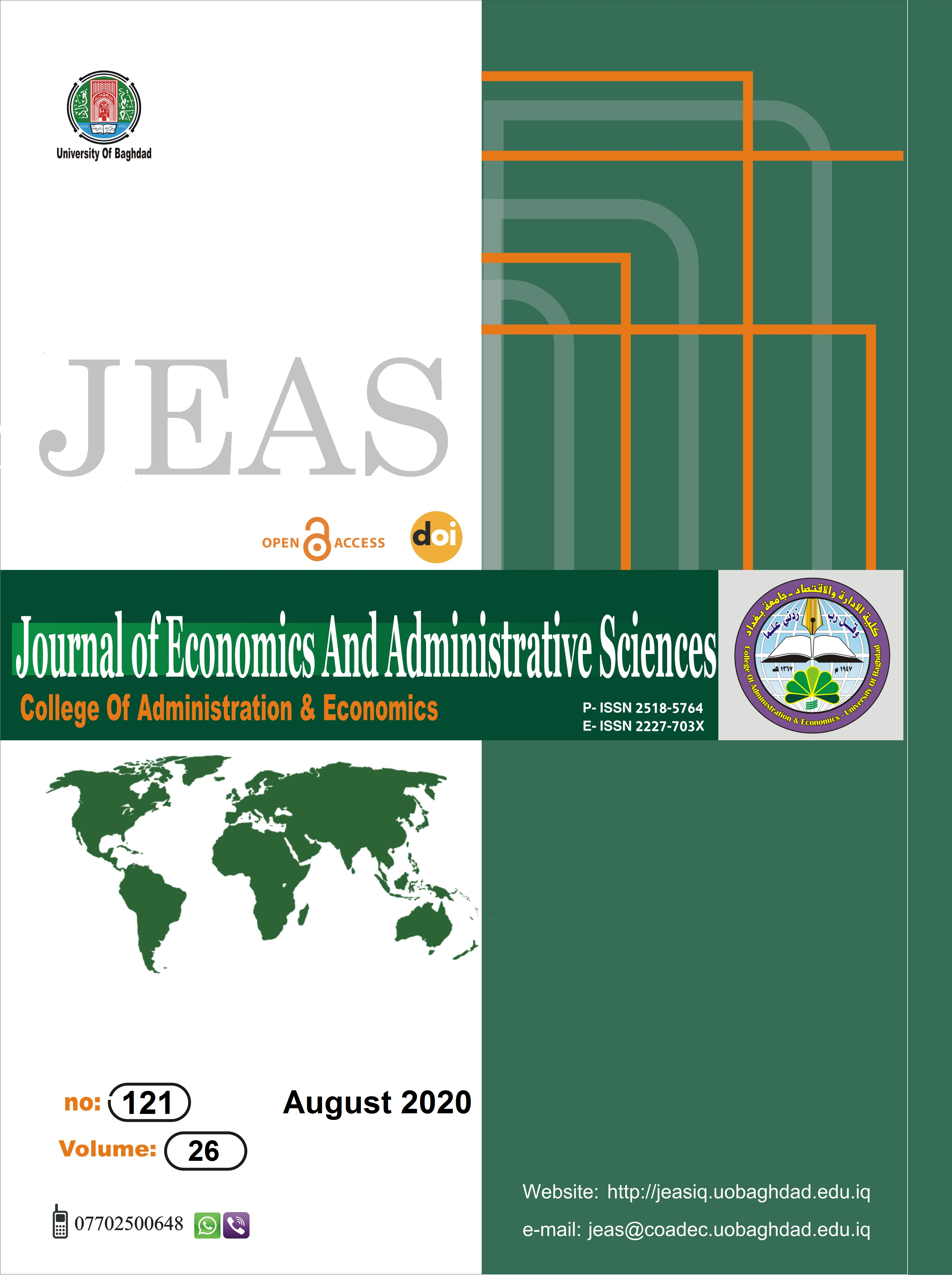Improve operational performance by simulating the Holonic manufacturing system A case study at the rubber product plant in Al-Najaf Al-Ashraf
DOI:
https://doi.org/10.33095/jeas.v26i121.1941Keywords:
الاداء التشغيلي , نظام التصنيع الهولوني., H M S , Holarchy , operational performanceAbstract
The research aims to improve operational performance through the application of the Holonic Manufacturing System (HMS) in the rubber products factory in Najaf. The problem was diagnosed with the weakness of the manufacturing system in the factory to meet customers' demands on time within the available resources of machines and workers, which led to time delays of Processing and delivery, increased costs, and reduced flexibility in the factory, A case study methodology used to identify the reality of the manufacturing system and the actual operational performance in the factory. The simulation was used to represent the proposed (HMS) by using (Excel 2010) based on the actual data and calculate the operational performance measures and compare them with the actual operational performance measures in the factory. The results confirmed that the application of the (HMS) in the factory leads to a reduction in the delay time, delivery times, and production costs due to the participation of the machines and workers in the resources and workers Holons
Downloads
Published
Issue
Section
License

This work is licensed under a Creative Commons Attribution-NonCommercial-NoDerivatives 4.0 International License.
Articles submitted to the journal should not have been published before in their current or substantially similar form or be under consideration for publication with another journal. Please see JEAS originality guidelines for details. Use this in conjunction with the points below about references, before submission i.e. always attribute clearly using either indented text or quote marks as well as making use of the preferred Harvard style of formatting. Authors submitting articles for publication warrant that the work is not an infringement of any existing copyright and will indemnify the publisher against any breach of such warranty. For ease of dissemination and to ensure proper policing of use, papers and contributions become the legal copyright of the publisher unless otherwise agreed.
The editor may make use of Turtitin software for checking the originality of submissions received.


























